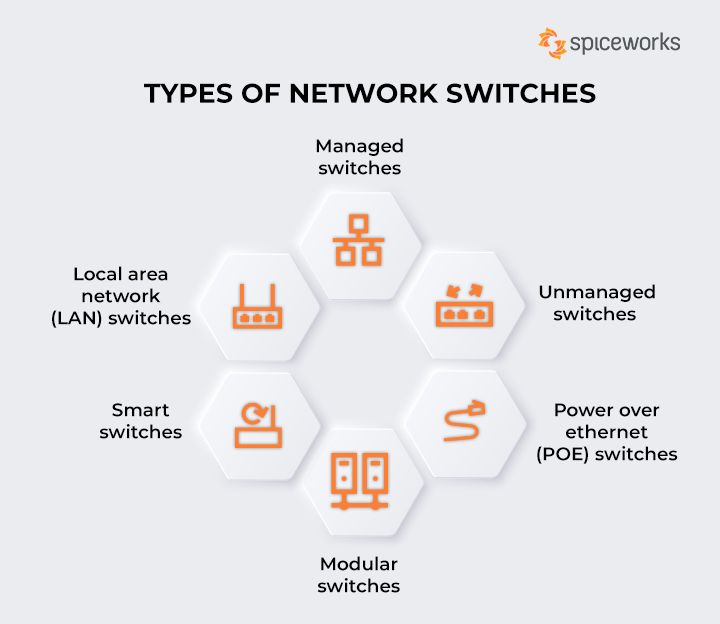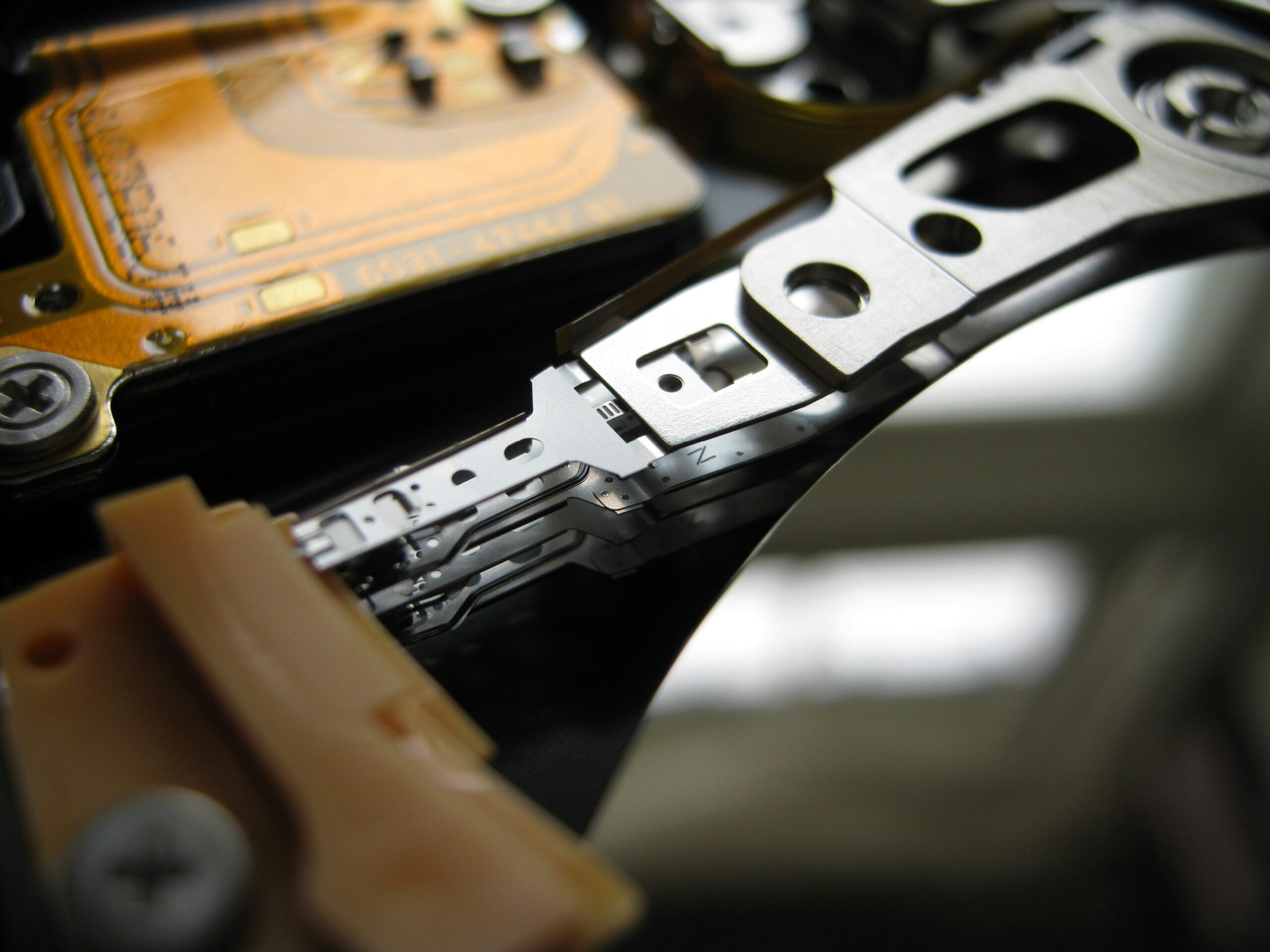When constructing a high-performance custom PC, the devil is truly in the details. Selecting the right components isn’t just about piecing together high-end parts; it’s about harmonizing them to create a seamless and powerful machine. This harmonization defines the difference between a good PC and an exceptional one.
The roots of choosing the perfect components lie in understanding the balance between processing power, cooling systems, and storage capabilities. Historically, enthusiasts aimed to hit the sweet spot where CPU and GPU performance converged without bottle-necking, and this principle remains paramount today. Armed with knowledge of the latest benchmarks and compatibility charts, professionals can craft systems that not only meet but exceed modern computational demands.
Why Choice of Components Matters in High-Performance PCs
Choosing the right components for a high-performance PC is crucial. Each part has a specific role that impacts overall performance. A mismatch can lead to bottlenecks, reducing efficiency.
The interaction between components is key to maximizing a PC’s power. For instance, a powerful CPU paired with a weak GPU can limit gaming performance. Similarly, slow RAM can drag down a fast processor.
Consistency in your system’s parts ensures smooth operation. High-quality components improve reliability and longevity. This prevents frequent upgrades and troubleshooting.
Beyond performance, smart component choices can save energy and cost. Efficient power supplies reduce energy waste. Meanwhile, effective cooling systems prevent overheating, extending your PC’s lifespan.
Detailing Different Components and Their Functions
Multiple components work together to create a high-performance PC. Each piece has a specific function that influences overall performance. Understanding these roles helps in making informed choices.
Central Processing Unit (CPU)
The CPU is often called the brain of the PC. It processes instructions and performs calculations necessary for other parts to work. A powerful CPU ensures fast and efficient computation.
CPUs come with multiple cores, which handle tasks simultaneously. More cores mean better multitasking capabilities. Choose a CPU based on your workload requirements.
Clock speed is another crucial aspect. It represents how fast the CPU can process tasks. Higher clock speeds generally mean better performance.
Graphics Processing Unit (GPU)
The GPU is vital for rendering images, videos, and animations. Gamers and designers rely on a good GPU for smooth visuals. High-end GPUs are essential for tasks like 3D rendering and video editing.
GPUs have their own memory called VRAM. More VRAM allows for better handling of high-resolution textures. This is crucial for gaming and professional graphics work.
Another thing to consider is the GPU architecture. Modern architectures offer better efficiency and performance. Always look for the latest models to get the best features.
Random Access Memory (RAM)
RAM is the temporary storage for currently running programs. More RAM allows you to run multiple applications at once. It directly affects the system’s responsiveness and speed.
RAM comes in various capacities and speeds. Higher capacities help with heavy multitasking. Faster RAM improves data retrieval times.
Another point to consider is RAM type. DDR4 is the most common type today due to its efficiency. Make sure it’s compatible with your motherboard.
How to Select the Right CPU and GPU?
Choosing the best CPU and GPU involves understanding your needs. Gamers might prioritize high-end GPUs for smoother visuals, while content creators may need a powerful CPU for faster rendering. Matching your selection to your specific tasks is key.
Look at benchmark scores to compare performance. These scores give insights into how well different CPUs and GPUs handle various tasks. Using these benchmarks helps make data-driven decisions.
Another crucial factor is compatibility with other components. Ensure that your motherboard can support the CPU and GPU you choose. This prevents compatibility issues and ensures smooth operation.
Price-to-performance ratio is important too. High-end options can be expensive. However, sometimes mid-range components offer the best value.
- Identify your primary use case.
- Check benchmark scores for performance insights.
- Ensure compatibility with your motherboard.
- Consider the price-to-performance ratio.
Understanding the Importance of Balancing Storage Capabilities and Cooling Systems
Balancing storage and cooling in a high-performance PC is crucial. Each element influences how well your system operates. Poor storage choices can lead to slow performance.
Solid State Drives (SSDs) offer faster data access compared to traditional Hard Disk Drives (HDDs). This speed boost can be significant for tasks like gaming and multitasking. Adding an SSD can improve system responsiveness.
Cooling systems are equally important for maintaining performance. Effective cooling prevents overheating. Overheated components can throttle performance or even cause damage.
Air coolers and liquid coolers are common solutions. Air coolers use fans to dissipate heat. Liquid coolers circulate a liquid through the system to remove heat more efficiently.
Choosing the right cooling method depends on your setup and needs. High-end builds often benefit from liquid cooling. Simpler setups can perform well with quality air cooling.
Balancing these components ensures your PC runs smoothly. Effective storage speeds up data access. Proper cooling maintains optimal performance.
Best Practices for Building High-Performance Custom PCs
Planning is the first step to building a high-performance PC. Start by listing your needs and setting a budget. This helps you prioritize components effectively.
Choosing the right case is vital. Ensure it has adequate space for your components and good airflow. Good airflow prevents overheating.
When assembling, handle parts carefully to avoid static damage. Using an anti-static wrist strap can help. Double-check connections to ensure everything is plugged in correctly.
Apply thermal paste to the CPU before attaching the cooler. This ensures proper heat transfer. Spread it evenly for the best results.
Cable management improves airflow and aesthetics. Use zip ties to organize cables. This also makes future upgrades easier.
Finally, test your system before closing the case. Boot it up to check if everything works. Troubleshoot any issues to ensure optimal performance.
- Plan and set a budget
- Select a case with good airflow
- Handle parts with care
- Apply thermal paste evenly
- Manage cables effectively
- Test the system before finalizing
Frequently Asked Questions
Building a high-performance custom PC can be complex. Here are some common questions and answers to guide you.
1. How important is the power supply unit (PSU) in a custom PC build?
The power supply unit (PSU) is crucial for any custom PC. It provides stable electricity to all components, ensuring they function correctly without damaging them.
A good PSU also offers efficiency, reducing energy waste and heat generation. When choosing, consider wattage requirements and select a reputable brand for reliability.
2. Can I use old components when building a new high-performance PC?
Using old components can save money but comes with risks. Older parts might not perform as well or be compatible with new technology.
If you decide to use them, ensure they are thoroughly tested before integration. Pay extra attention to wear-and-tear prone parts like hard drives and cooling systems.
3. What role does the motherboard play in a high-performance PC?
The motherboard is the central hub where all components connect. It affects compatibility, expansion options, and overall system performance.
High-quality motherboards support faster data transfers and growth potential. Always ensure it fits your chosen CPU, RAM type, and other peripherals for smooth operation.
4. Do I need liquid cooling for my high-performance PC?
Liquid cooling isn’t always necessary but can help manage heat better than air coolers, especially in overclocked systems. It keeps temperatures lower, which can enhance performance and longevity of your components.
If you run intensive applications or games frequently, consider investing in liquid cooling for more efficient thermal regulation. However, it requires more maintenance than air cooling solutions.
5. Why should I prioritize SSDs over HDDs for storage?
An SSD significantly improves boot times and overall system responsiveness compared to an HDD because there are no moving parts involved. This allows for quicker data access and smoother operation during multitasking.
You should consider using an SSD as your primary drive for operating systems and critical applications while keeping an HDD for larger media storage needs such as videos or backup files.
Final Thoughts
Building a high-performance custom PC involves more than just selecting the most expensive components. It’s about ensuring that each part complements the others for optimal performance. Understanding the roles and compatibility of each component is crucial for success.
By following best practices and making informed decisions, you can build a powerful and reliable system. Whether you’re gaming, designing, or multitasking, the right components will make all the difference. Invest wisely, and your custom PC will serve you well for years to come.







Leave a Reply
You must be logged in to post a comment.